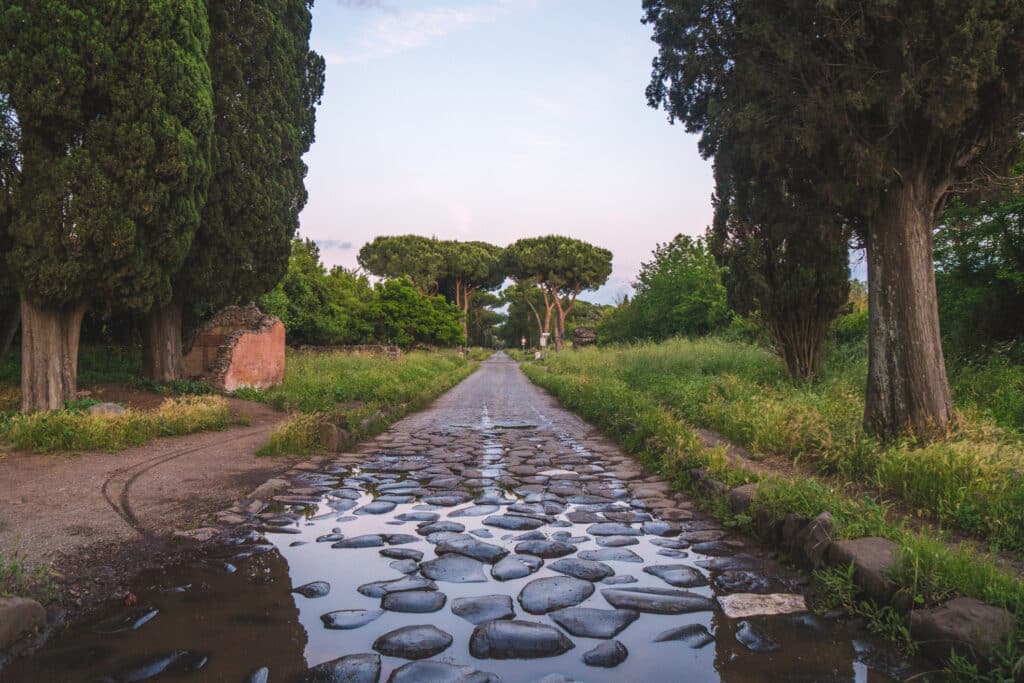
The entrance fee for the core archaeological sites along Via Appia, including the Tomb of Cecilia Metella and the Museum of the Walls, is €8 per adult for the 2025 season. Children under 18 enter free of charge, while students with valid identification and seniors over 65 can benefit from a €4 discounted rate. During summer months (April to October), visiting hours typically run from 9:00 AM to 6:00 PM; in winter (November to March), hours are usually 9:00 AM to 4:00 PM. Teh ticket offices generally close 30 minutes before the sites themselves, so we advise arriving early to avoid any last-minute disappointment. We visited on April 14, 2025, and all information provided here is valid as of that date.
Exploring the Historical Significance
Why is Via Appia often described as Rome’s “queen of roads”? Built in 312 BC under the direction of censor Appius Claudius Caecus, it was one of ancient Rome’s earliest and strategically most important roads. Originally stretching from Rome to the port city of Brundisium (today’s Brindisi), the Via Appia symbolized Rome’s growing dominance and connectivity across Italy and beyond.
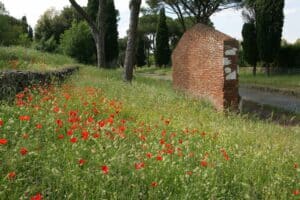
Via Appia antica in the spring – Standing on this historic road—often called the “Regina Viarum,” or Queen of Roads—feels like stepping back in time, as every cobblestone has witnessed the footsteps of emperors, soldiers, and merchants.
Visitors today can explore remnants of this magnificent road, still paved with the original basalt stones worn smooth by centuries of footsteps, horses, and chariots. Alongside its historical pavement lie ruins of Roman tombs, catacombs, and monumental structures, including the Tomb of Cecilia Metella and the Villa dei Quintili—each telling their own fascinating stories of Roman aristocracy and daily life.
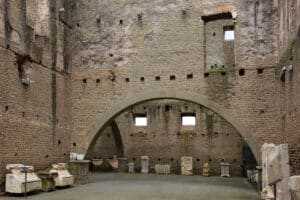
Mausoleo di Cecelia Metella
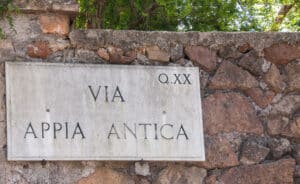
How long should you spend exploring Via Appia?
We suggest allocating at least half a day. A leisurely walk or bicycle ride allows you to fully appreciate the historical context and scenic beauty, making this experience genuinely immersive. Comfortable shoes are recommended since the ancient stones, although majestic, can be somewhat uneven.
Nearby Attractions and Facilities
After visiting Via Appia, we recommend exploring the nearby Catacombs of San Callisto, which offers intriguing insight into early Christian history in Rome. The adjacent Park of the Caffarella is also perfect for relaxing walks and enjoying nature. For refreshments or a leisurely lunch, L’Archeologia restaurant provides excellent Italian cuisine in a picturesque garden setting.
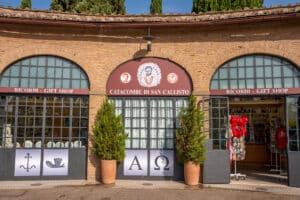
Catacomb of Callixtus
If you’re interested in souvenirs or simply a relaxing break, numerous cafes and boutique shops line the nearby Via Appia Nuova, offering local artisan goods and traditional snacks.
Throughout the visit, you’ll find that exploring Via Appia is more than just a walk through history—it’s an opportunity to literally tread the path that shaped an empire.

